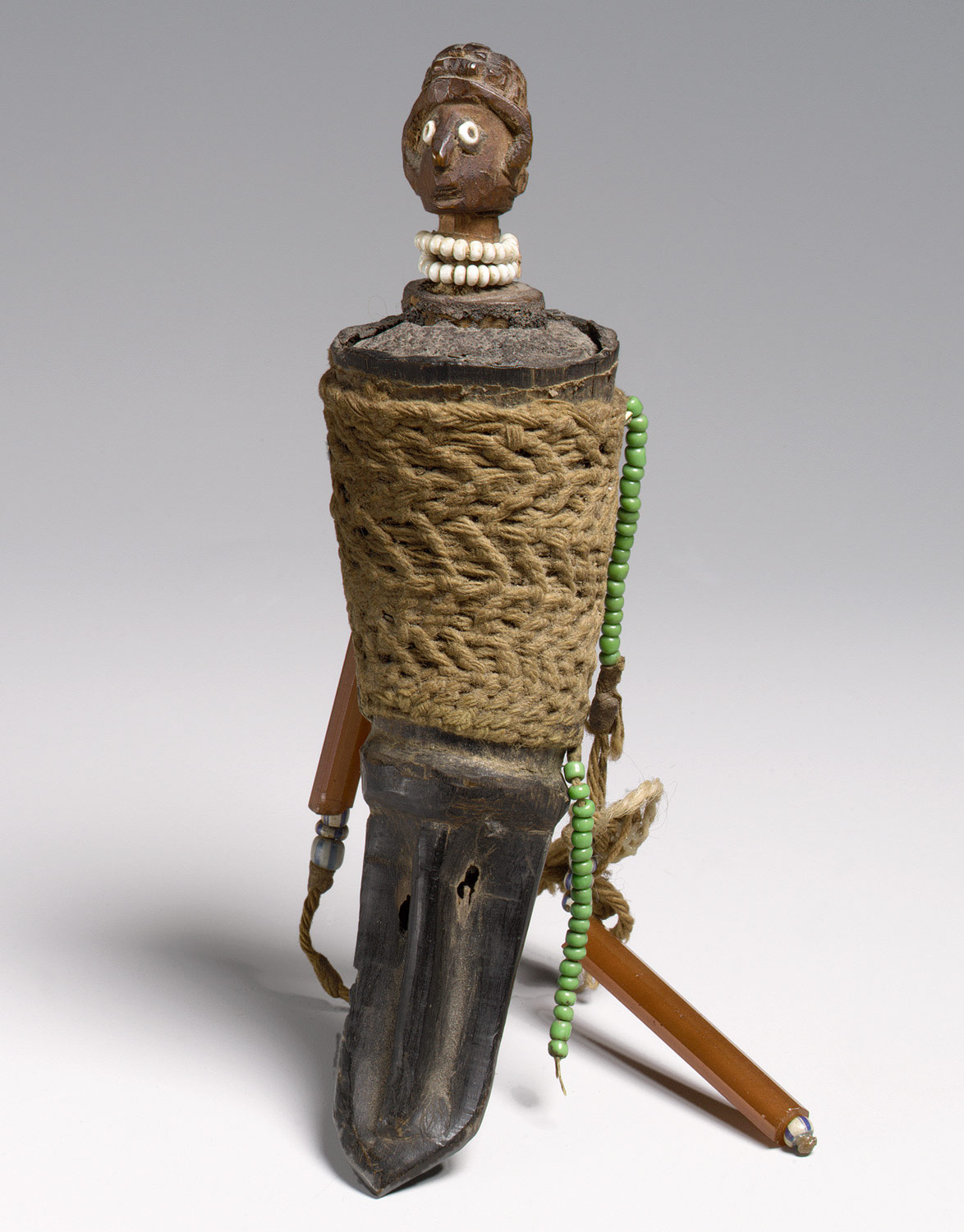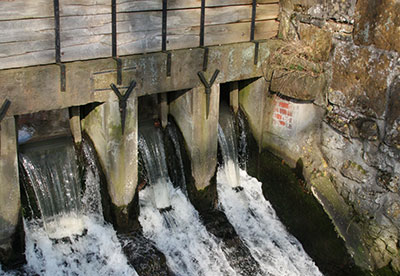Madagascar is country located off
the continent of Africa. Madagascar is an island that is surrounded by the
Indian Ocean on all of its sides. There is a lot of history that can be learned
about this nation. There have been many interesting events that have occurred
on this island throughout it’s history. There are many geographic, religious,
and cultural features unique to this country.
Madagascar is an island located a
little ways off the east coast of Africa. The exact location of this nation is
20 00 S and 47 00 E (Geography of Madagascar 2008) . The island
is split into five different geographical regions, which consist of the east
coast, the Tsaratanana Massif, the central highlands, the west coast, and the
southwest (Geography of Madagascar 2008) . Each region
has different geographical features such as lowlands, highlands, the Baie
d'Antongil, mountains created from volcanoes, rolling hills, rivers, and
harbors (Geography of Madagascar 2008) . There are
three different climates here, which are tropical along the coast, temperate,
and arid in the southern part of the island (Geography of Madagascar 2008) . All of these
geographic features influence the people that live on the island in many ways. 
Many
interesting art pieces and music can be found here as well. There are many
different textiles that can be found in Madagascar that the people use to make
art. They use these textiles such as raffia leaves, which are found on a type
of palm tree (Heilbrunn Timeline of Art History
2015) .
They use this material to weave fabric and raffia wrappers. They also make akotifahana
out of silk, which is fabric that has many bright and bold colors on it (Heilbrunn Timeline of Art History
2015) .
Very wealthy and royal people usually wear this type of fabric (Heilbrunn Timeline of Art History
2015).

The
people of Madagascar also used to wear amulets called Ody, which they believed would
keep them safe and healthy (Heilbrunn Timeline of Art History 2015) .
There are a few different religions
that can be found in Madagascar. The majority of people here claim to be
Christian either Protestant or Catholic (Traditional Beliefs and Religion
in Madagascar 2015) . Some of the Malagasy people
hold traditional beliefs of their ancestors. These traditional beliefs place an
emphasis on the dead (Traditional Beliefs and Religion
in Madagascar 2015) . They think that the dead speaks
to a god on their behalf. They think that bad things will happen to them if
they offend the dead (Traditional Beliefs and Religion
in Madagascar 2015) . Another religion that can be
found in Madagascar is Islam and Hinduism. These make of the smallest
percentage of people (Traditional Beliefs and Religion
in Madagascar 2015) .
Madagascar produces many different
natural resources. These resources can provide energy for the nation and be a
source of money for them as well. Some of the natural resources that can be
found here are graphite, coal, bauxite, salt quartz, tar sands, semi-precious
stones, mica, fish, and hydropower (UN Public-Private Alliance for Rural Development n.d.) . Hydropower
provides some of the energy that the nations needs. There was a project that
began in 2008 to create electricity for parts of Madagascar (Madagascar Sahanivotry Small Hydrpower Plant n.d.) . Below is a
picture of the hydropower plant found in Madagascar.
https://www.esmap.org/RE_Resource_Mapping_Madagascar
Some people may wonder who were the first people to
explore Madagascar. The first people to come from outside of Madagascar were
the Portuguese (wildmadagasar.org 2008) . Later on
people from other countries began to visit the island. Other people came from
France, the Netherlands, and England (wildmadagasar.org 2008) . The French
were even able to establish a fort for a few decades (History of Madagascar n.d.) . In the 1600s
the coast was full of pirates. These pirates stayed mostly on the east coast of
the island (wildmadagasar.org 2008) . They would
attack European ships that were carrying goods back to Europe (wildmadagasar.org
2008) .
They would steal the things that they had just purchased from India. These
explorers most likely introduced many new things to the native people of
Madagascar like religion, food, and customs.
Madagascar
is an island, so it has natural political boundaries. Madagascar’s land area
totals 581,540 sq. km or 224,533 square miles (wildmadagasar.org 2008) . The coastline
of the island measures to be 4,828 km (wildmadagasar.org 2008) . These
boundaries would not change over time since the country has always consisted of
the whole island. This might help make things less complicated with things such
as boundary issues since it is an island.
Madagascar
is full of history, natural resources, art, and much more. It is a beautiful
island surrounded by blue water. The people of Madagascar have been visited and
influenced by many outside countries over the years. There are a variety of
natural geographic features that make up the island. There are also a few
different climates that make up parts of this country. The nation’s main
religion is Christianity, which is great. Most countries outside of the United
States do not have Christianity as their main religion. There are many
interesting historical events, such as pirates surrounding the coast,
missionaries visiting the people, and explorers coming to visit for the first
time. All of these factors have
influenced Madagascar and shaped it to be the way it is now.

